Succulents are beloved for their resilient nature, sculptural shapes, and vibrant blooms. Some varieties flower with ease, creating spectacular seasonal displays, while others take years or even decades to bloom. This list highlights 20 popular succulents, from frequent bloomers to rare flowering species.
Types of Succulents that Bloom
1. Kalanchoe blossfeldiana (Flaming Katy)
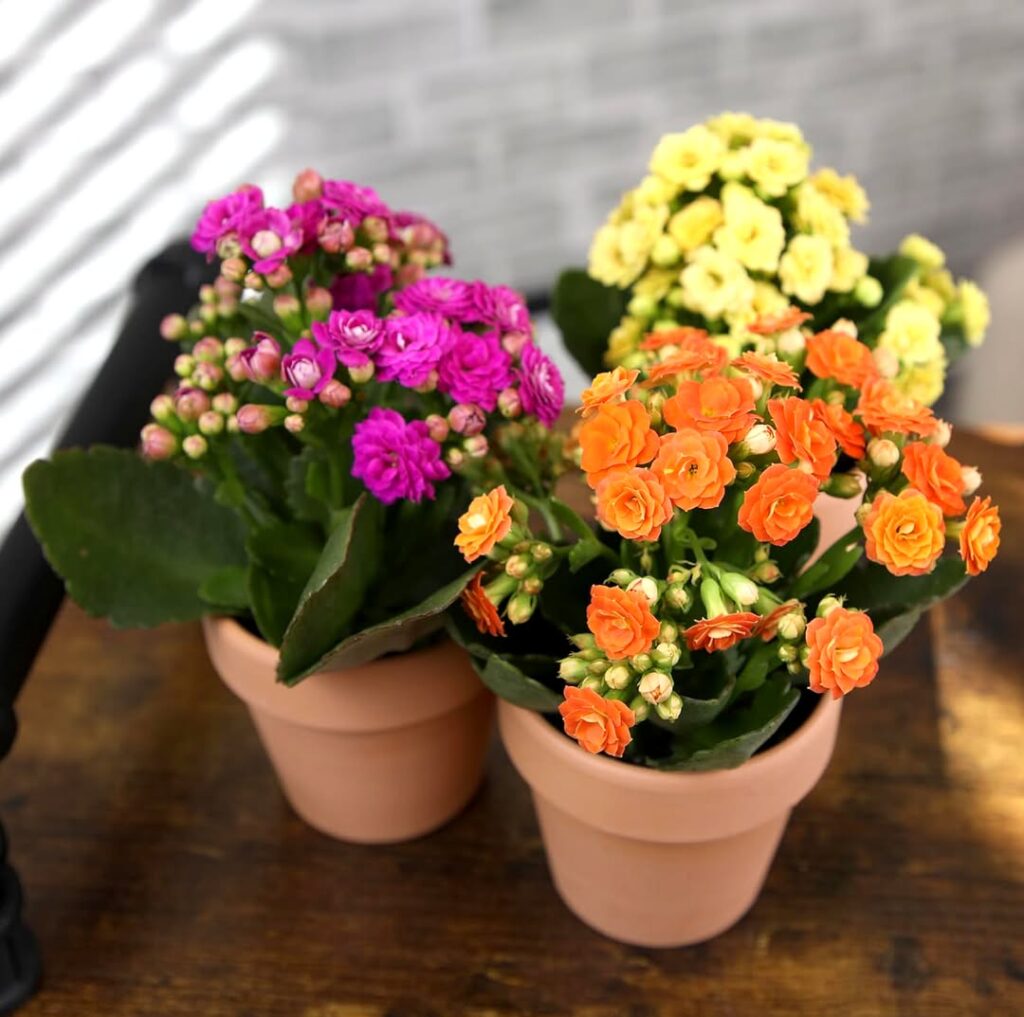
One of the most popular flowering succulents, Flaming Katy blooms multiple times a year, producing clusters of red, pink, orange, or yellow flowers indoors or outdoors.
2. Euphorbia milii (Crown of Thorns)
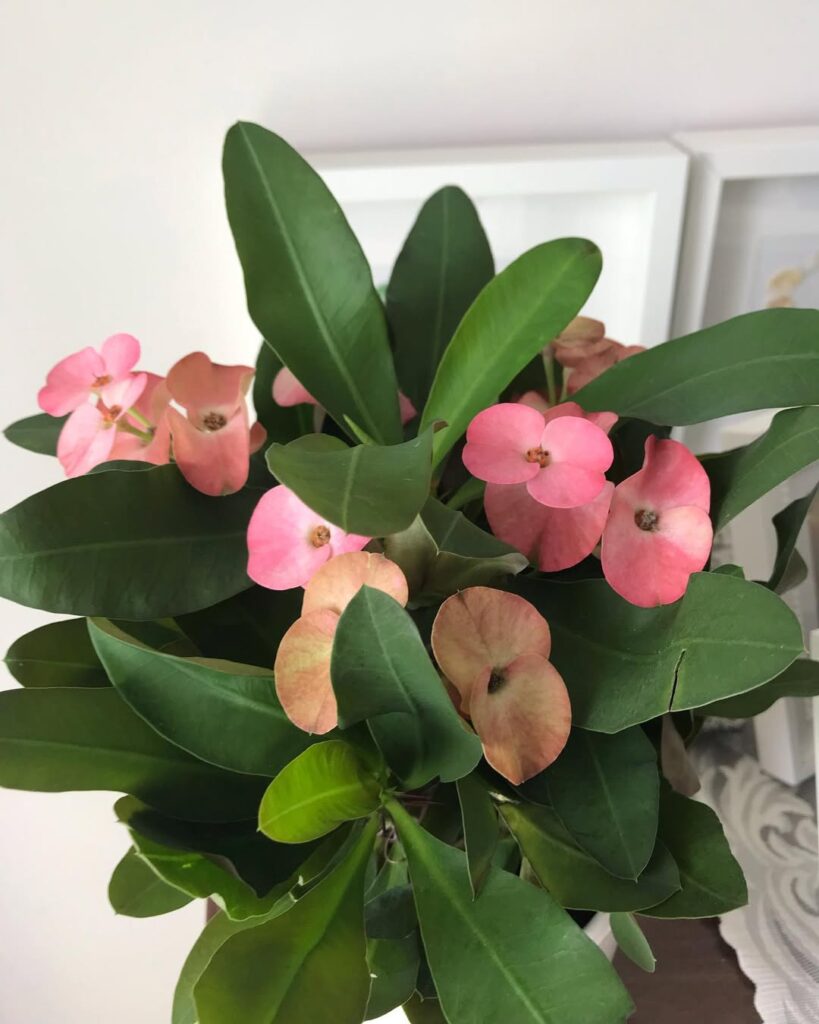
A favorite year-round bloomer, Crown of Thorns thrives with consistent care, offering petite red, pink, or yellow flowers under bright light.
3. Schlumbergera spp. (Christmas Cactus)
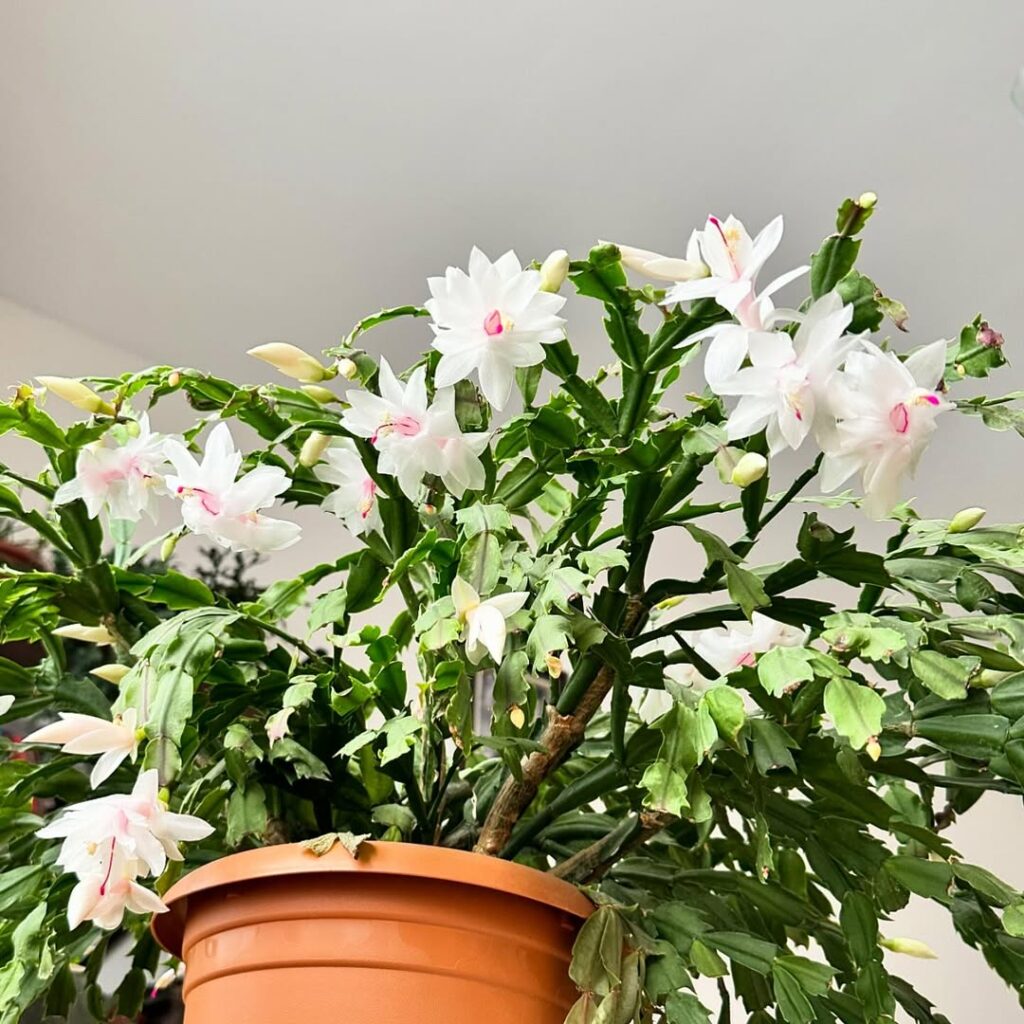
Known for its festive winter blooms, Christmas Cactus produces vibrant red, pink, orange, or white flowers annually, making it one of the easiest succulents to bloom indoors.
4. Echeveria ‘Perle von Nürnberg’
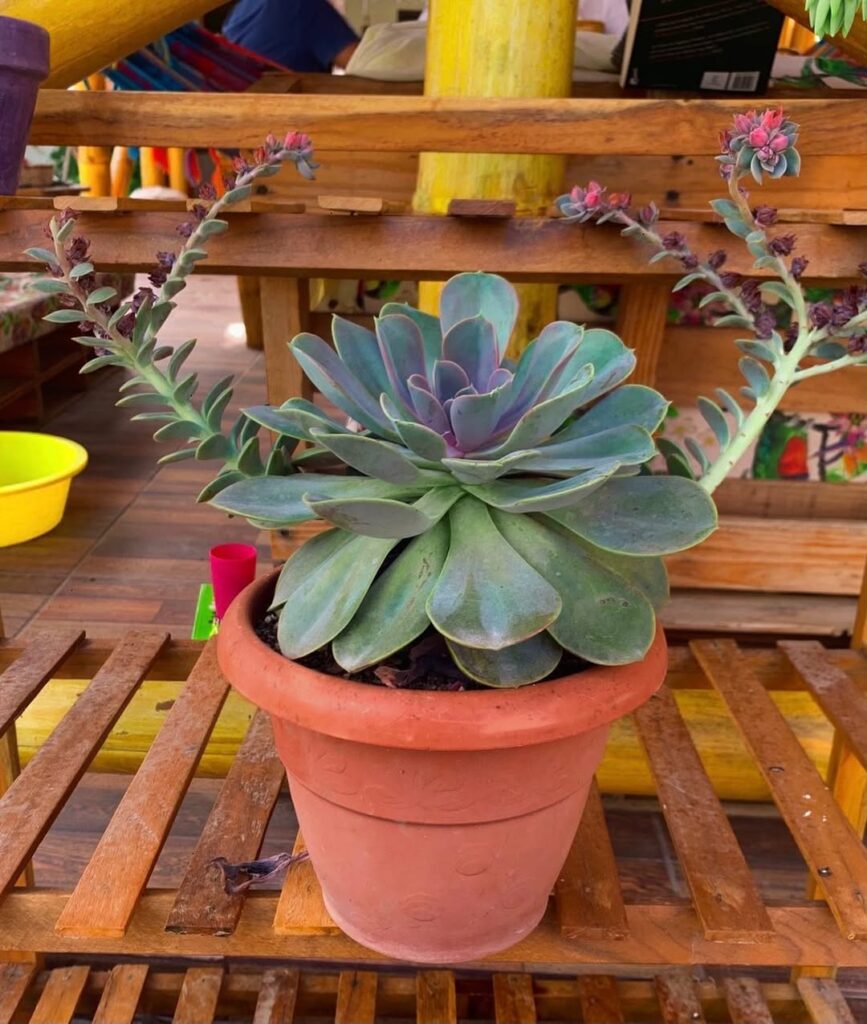
This famous rosette-forming succulent sends up tall stalks with coral-pink flowers during its growing season, often blooming multiple times per year.
5. Adenium obesum (Desert Rose)
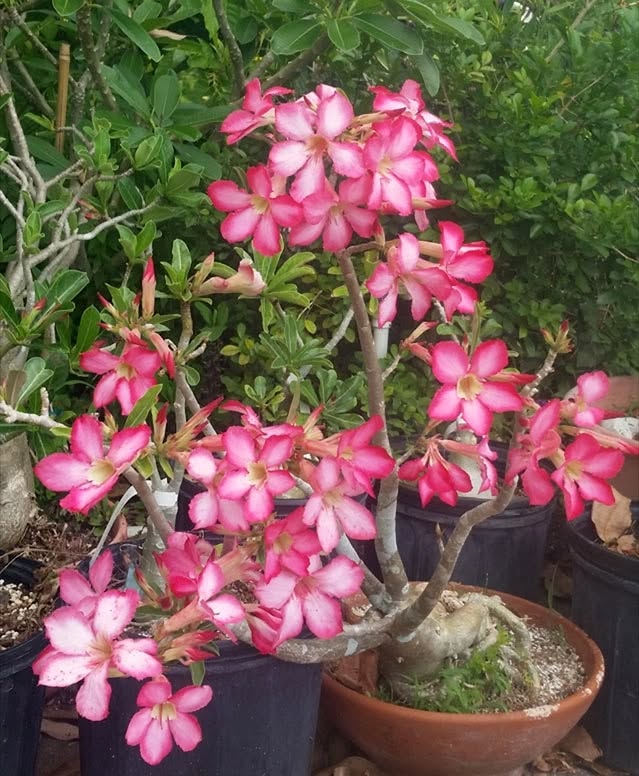
A striking caudiciform succulent, Desert Rose blooms prolifically in warm, sunny conditions, boasting large, hibiscus-like flowers in shades of pink, white, and red.
6. Aloe arborescens (Torch Aloe)
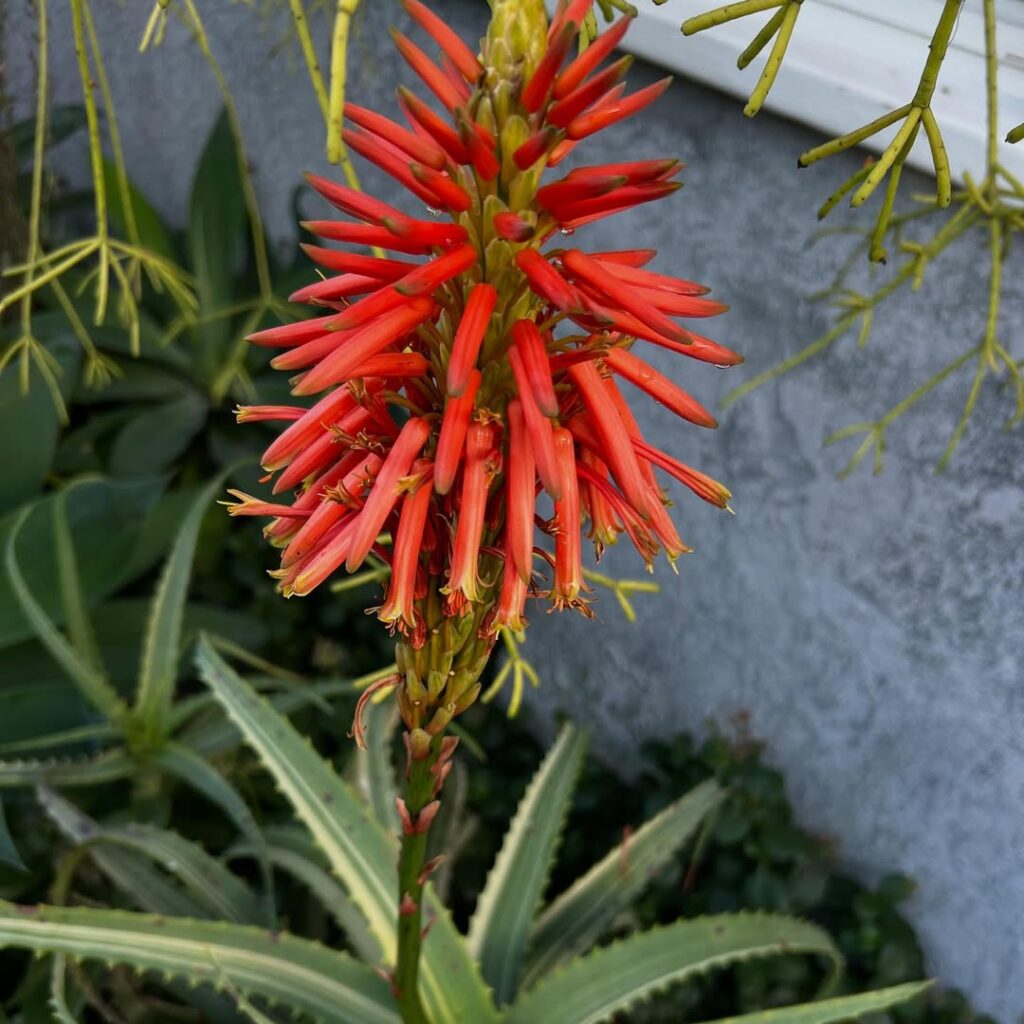
A famous medicinal aloe, this winter-blooming succulent produces tall spikes of red-orange flowers, attracting pollinators.
7. Graptopetalum paraguayense (Ghost Plant)
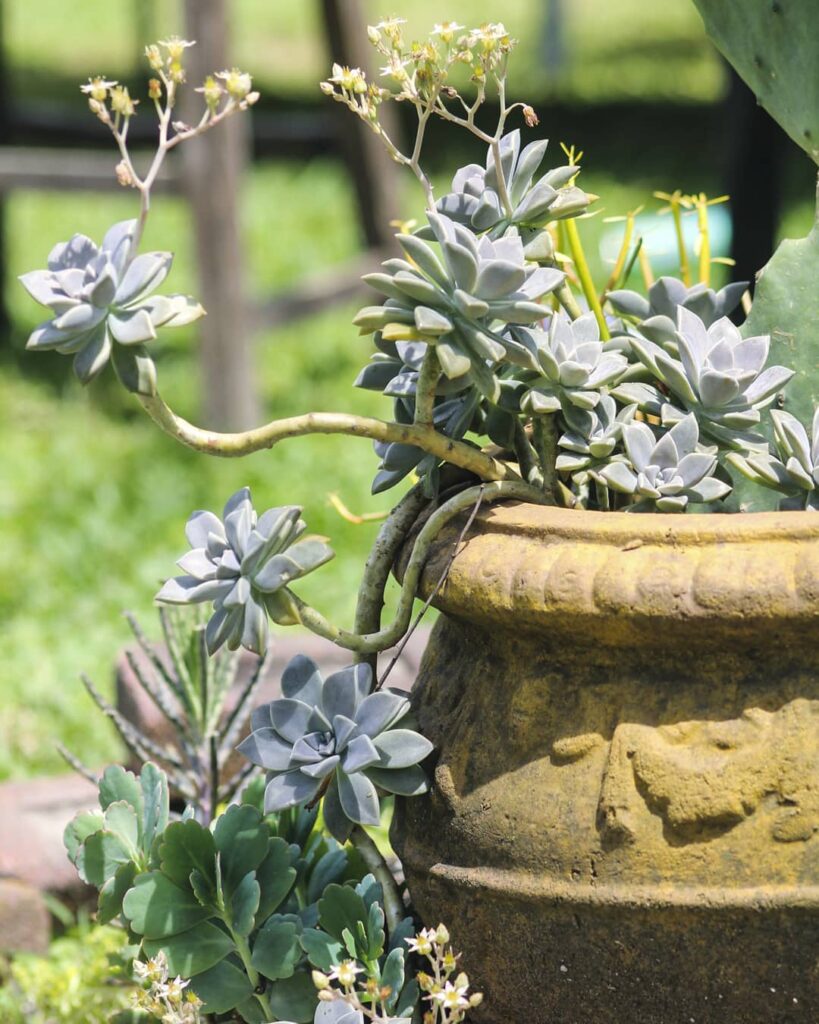
A staple in succulent gardens, Ghost Plant showcases delicate yellow flowers with red speckles, typically blooming in spring and summer.
8. Sedum spectabile ‘Autumn Joy’
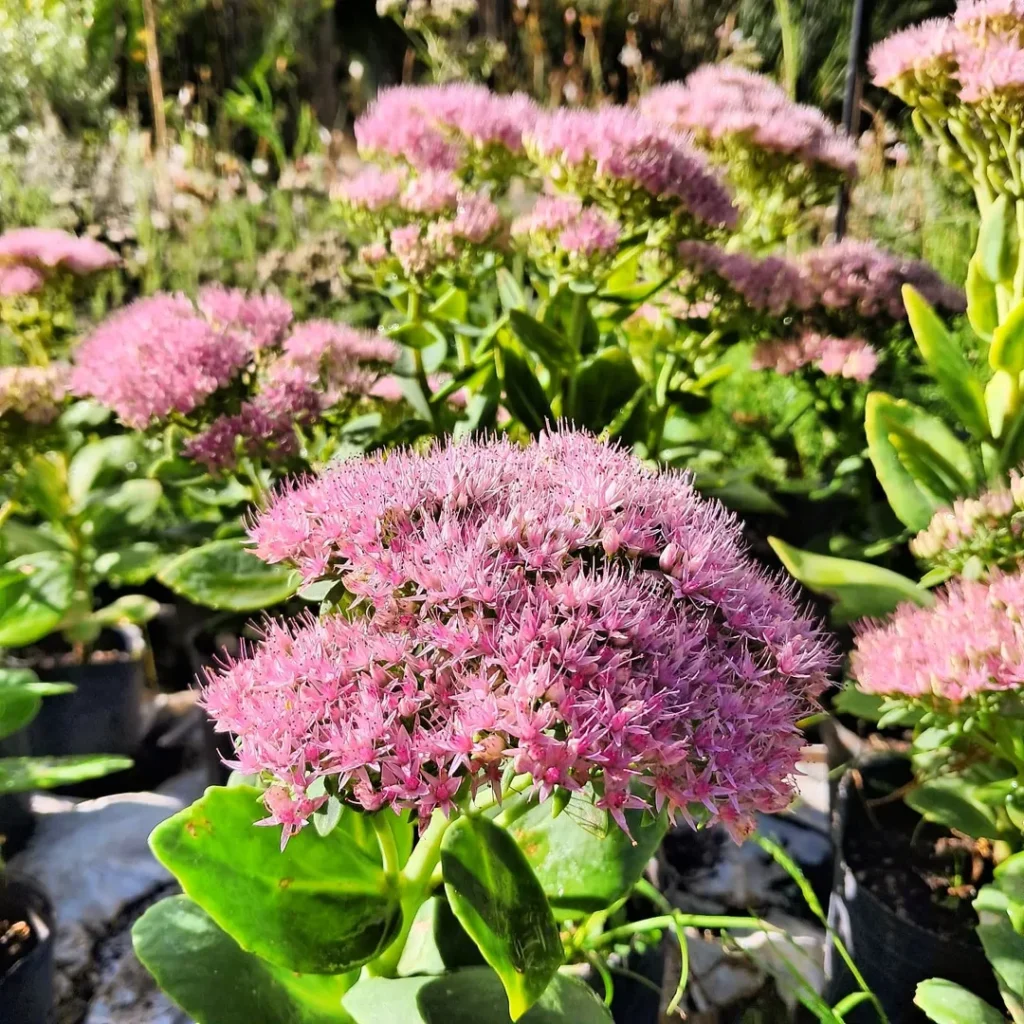
True to its name, Autumn Joy bursts into bloom in late summer and fall, producing large pink flower clusters that transition to copper-red.
9. Opuntia (Prickly Pear Cactus)
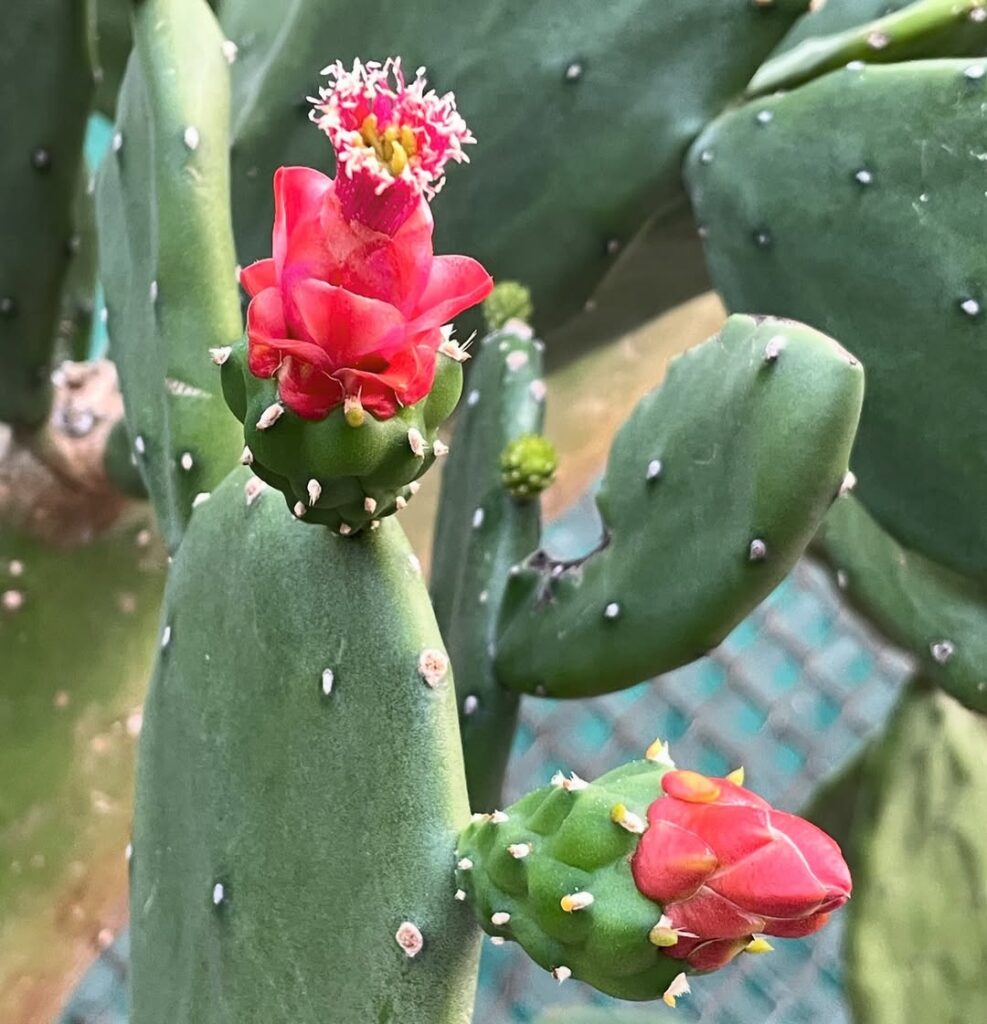
Famous for its paddle-shaped growth, many Opuntia species bloom in summer, developing striking yellow, pink, or red flowers atop their spiny pads.
10. Mammillaria spinosissima (Red-Headed Irishman Cactus)
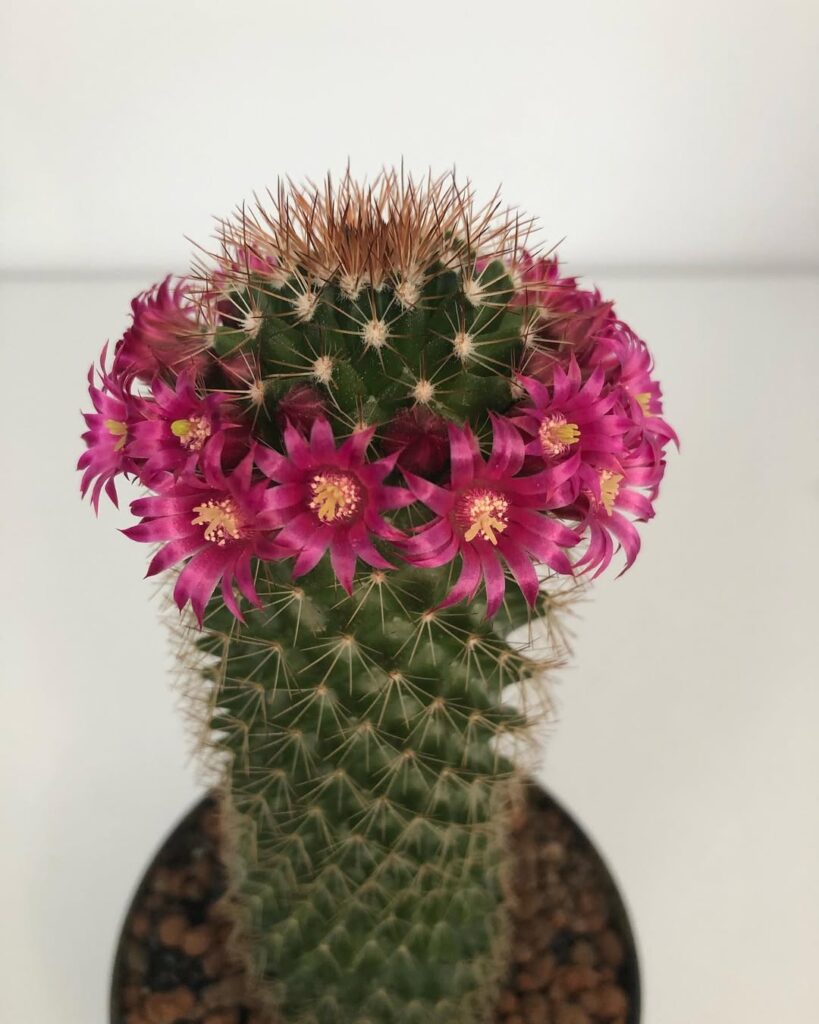
This small but mighty cactus produces bright pink flowers encircling its spiny stems, forming a charming floral crown.
11. Conophytum bilobum (Living Pebble Succulent)
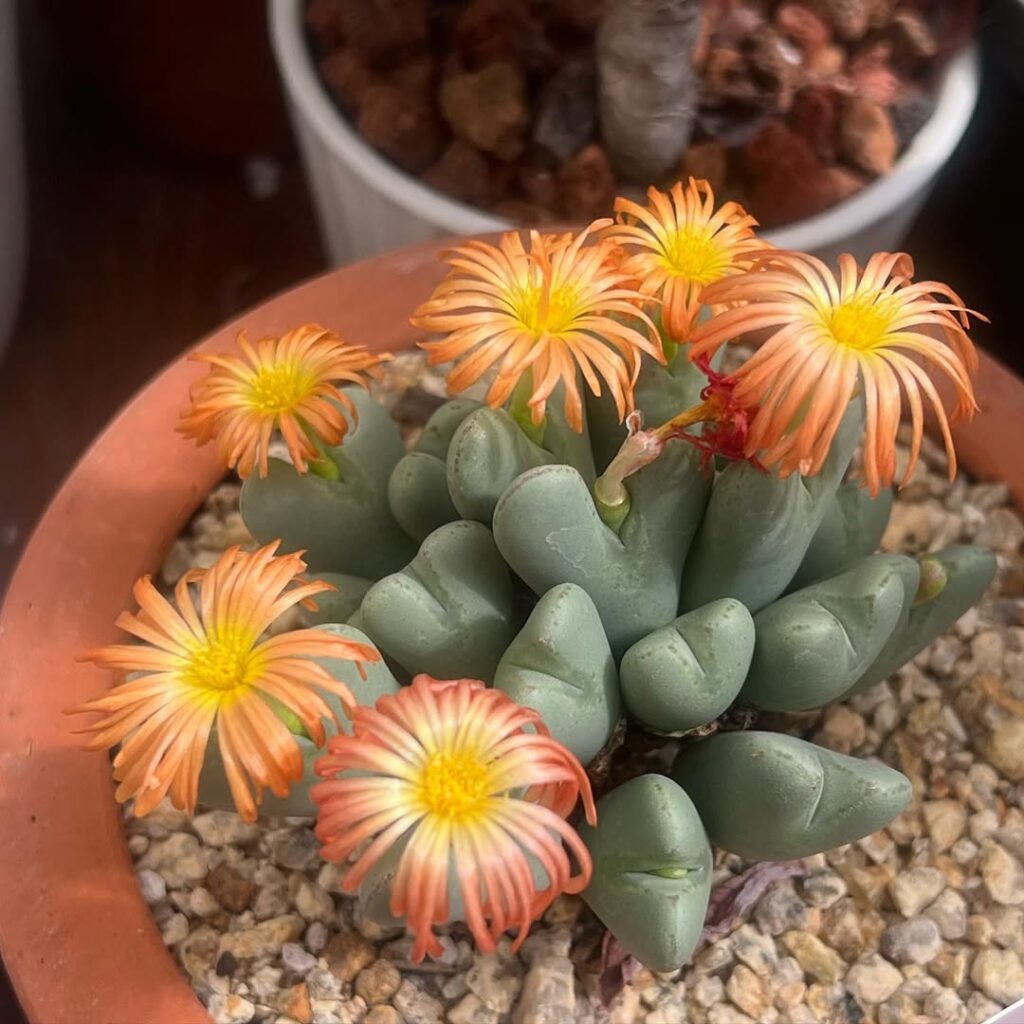
This Mesemb species grows in a compact, stone-like form but surprises growers with large daisy-like yellow flowers each fall.
12. Aichryson laxum (Tree of Love)
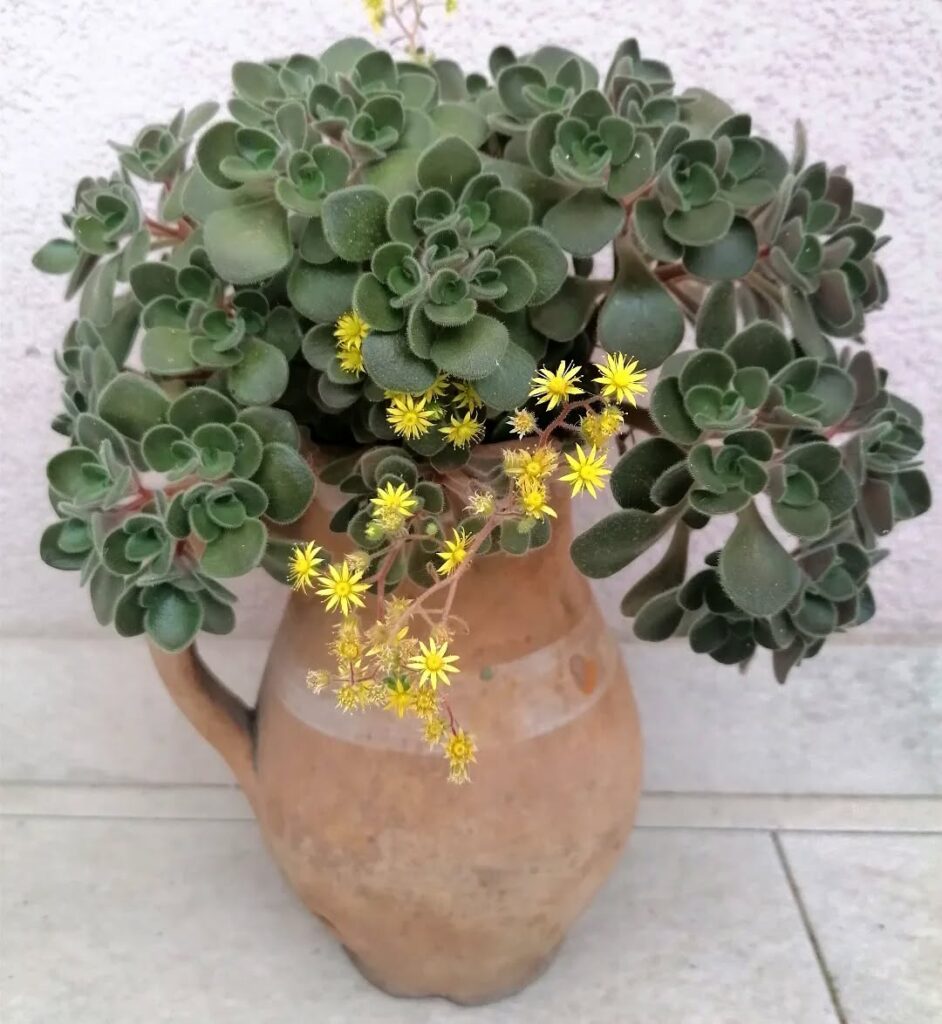
A miniature tree-like succulent, Tree of Love thrives indoors, producing clusters of golden-yellow flowers annually.
13. Pachyphytum oviferum (Moonstone)
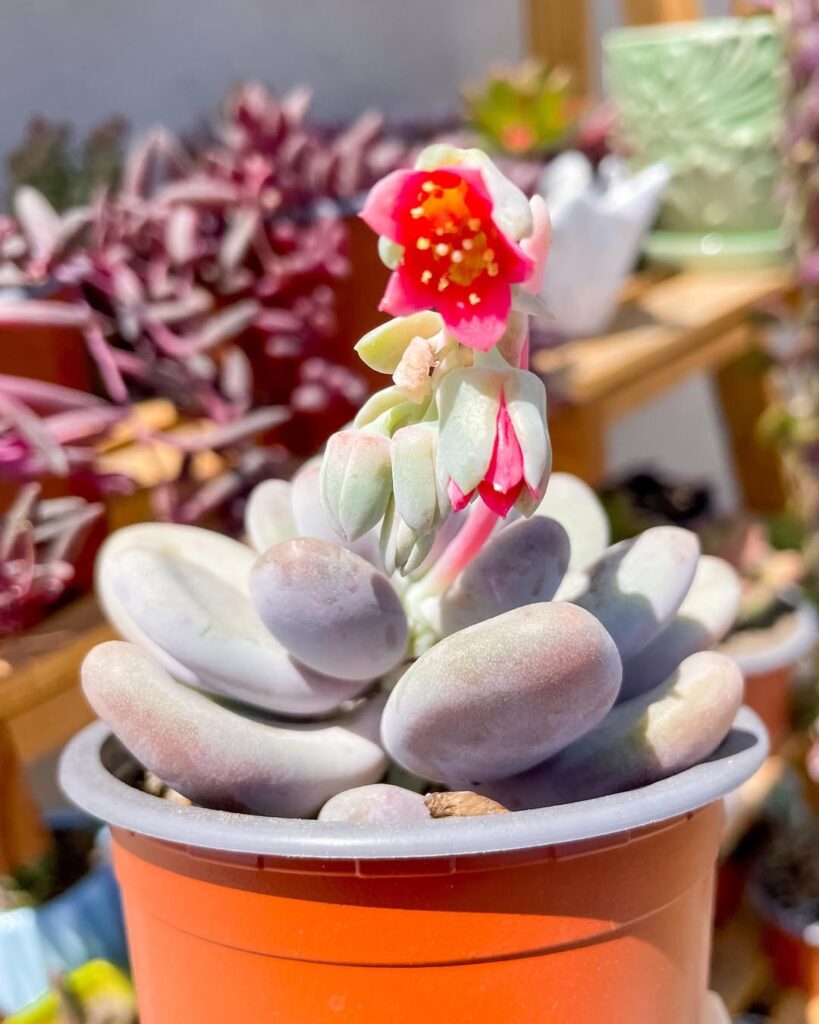
This rounded-leaf succulent surprises with tiny reddish-orange flowers, forming frequently under bright light conditions.
14. Lithops (Living Stones)
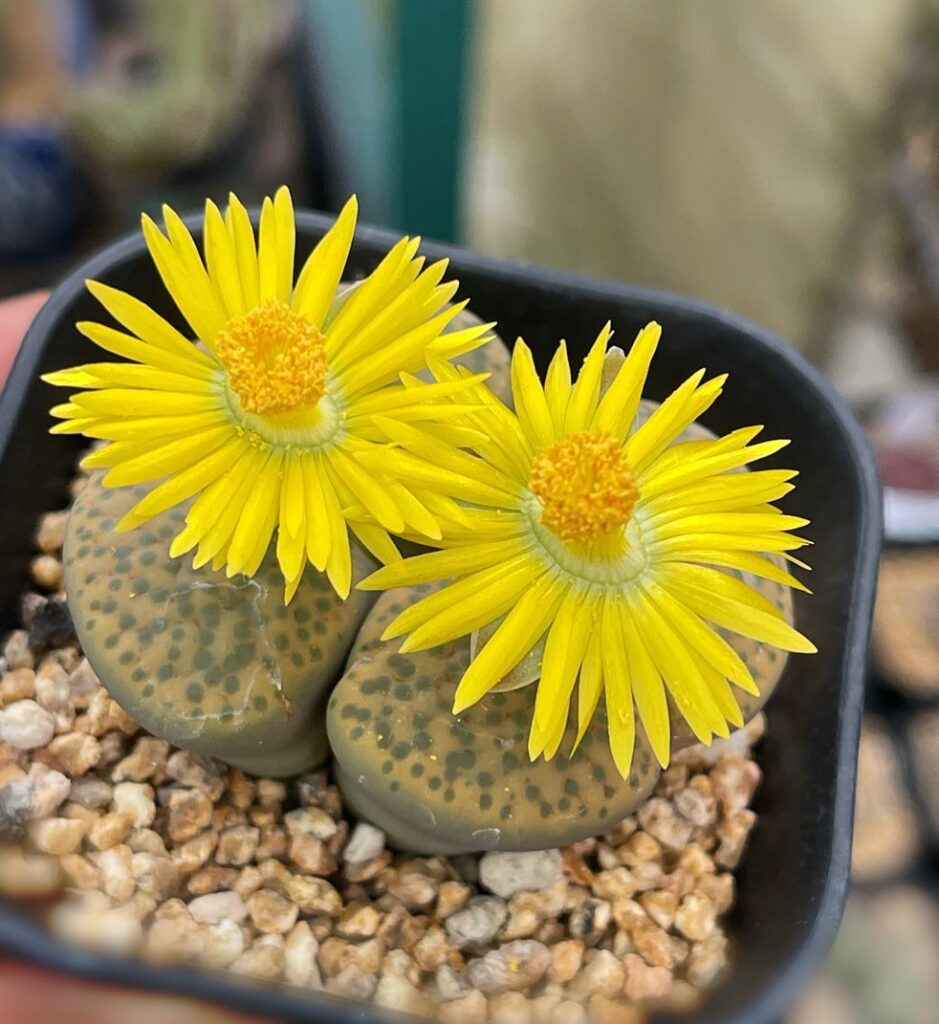
Although mostly known for its rock-like camouflage, Lithops surprises growers with delicate white or yellow daisy-like flowers each fall.
15. Lophophora williamsii (Peyote Cactus)
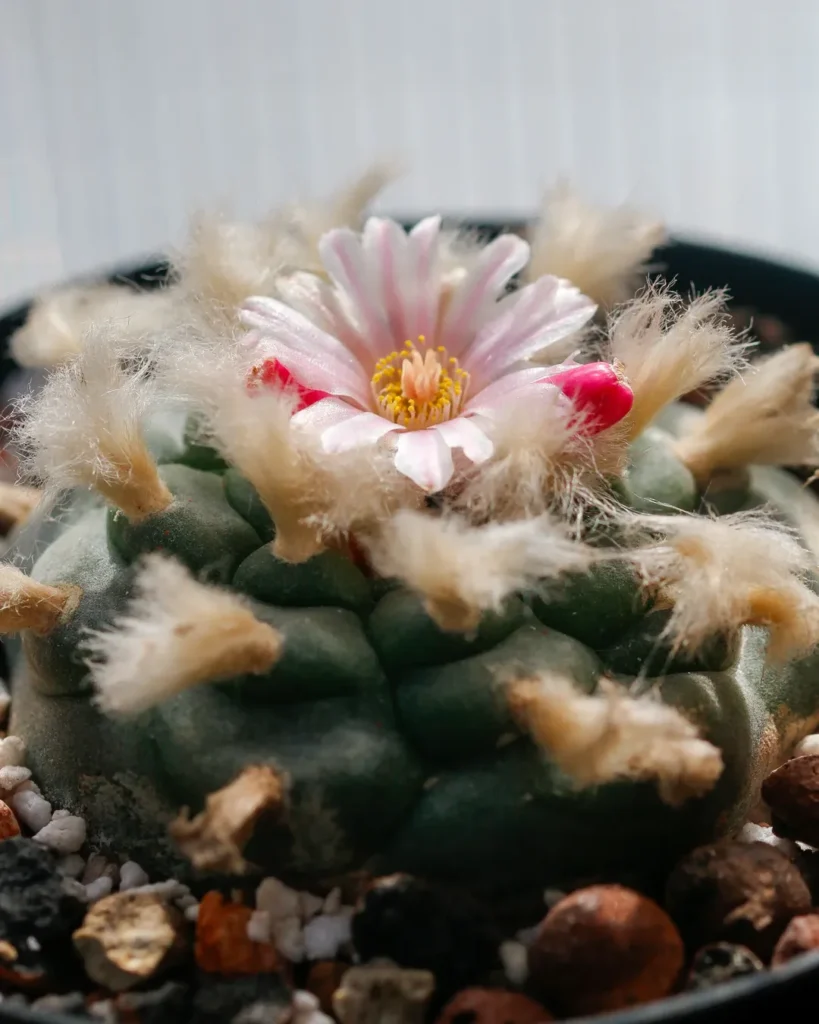
This slow-growing, historically significant cactus blooms with soft pink flowers sporadically, making it a rare sight even in cultivation.
16. Astrophytum asterias (Star Cactus)
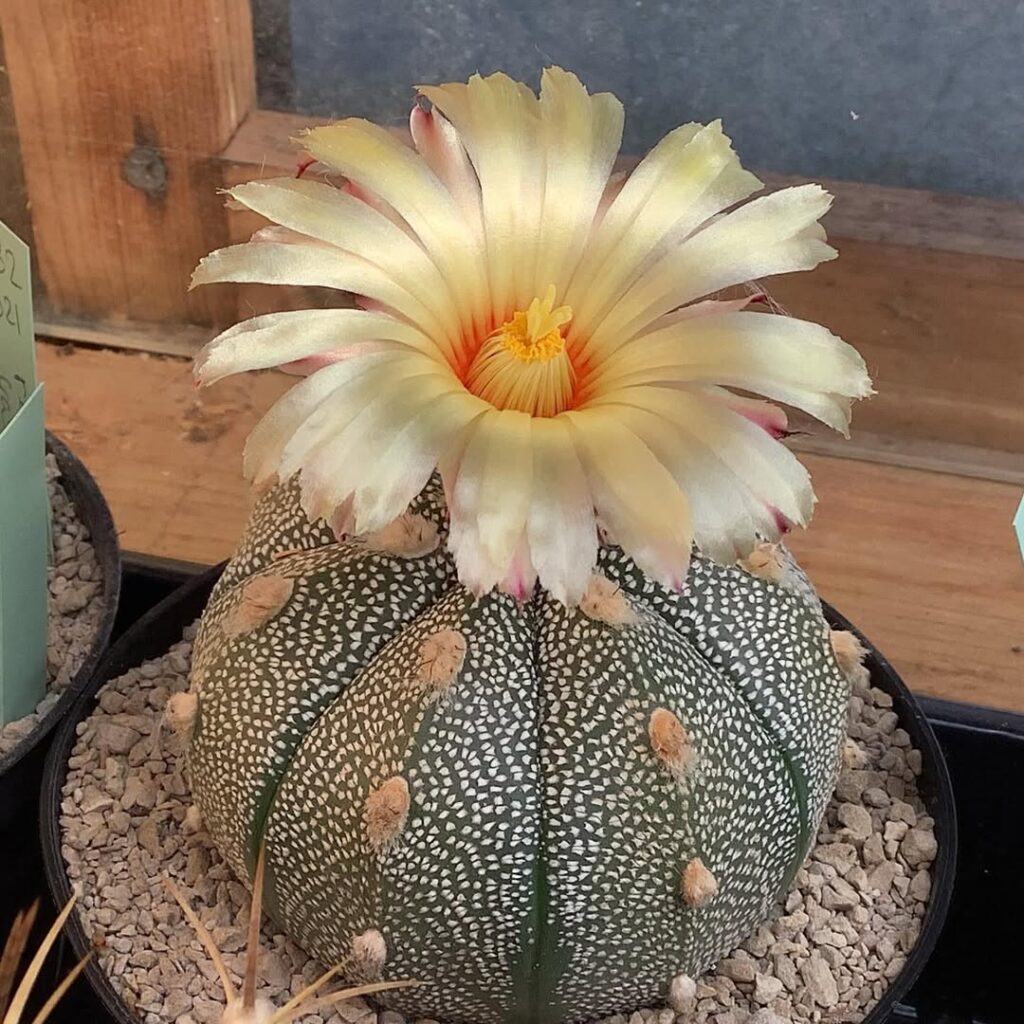
Famous for its symmetrical shape, Astrophytum asterias blooms with large, bright yellow flowers only under ideal conditions, often after years of care.
17. Haworthia cooperi (Transparent Haworthia)
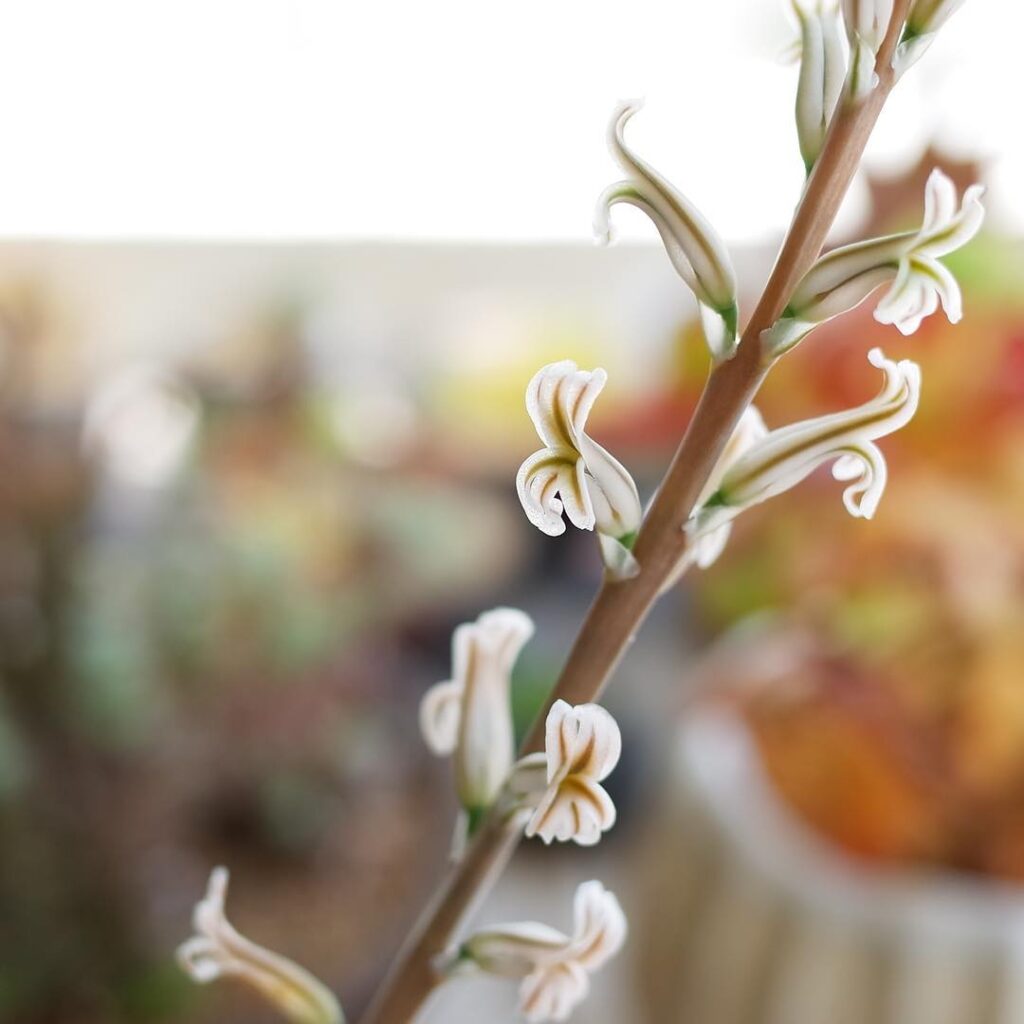
Though primarily appreciated for its glass-like leaves, Haworthia cooperi easily produces tiny white flowers in summer.
18. Faucaria tigrina (Tiger Jaw Succulent)
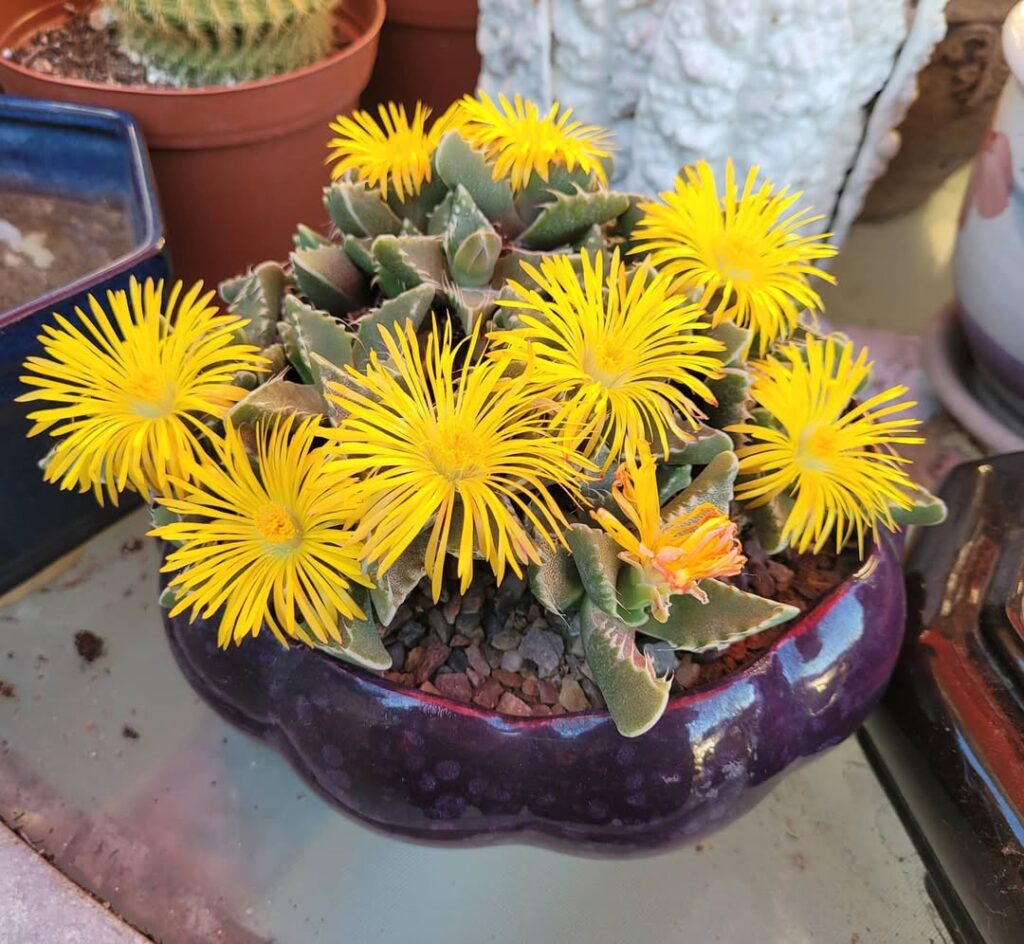
Thriving in bright conditions, this small succulent produces frequent yellow blooms, resembling tiny sunflowers
19. Senecio rowleyanus (String of Pearls)
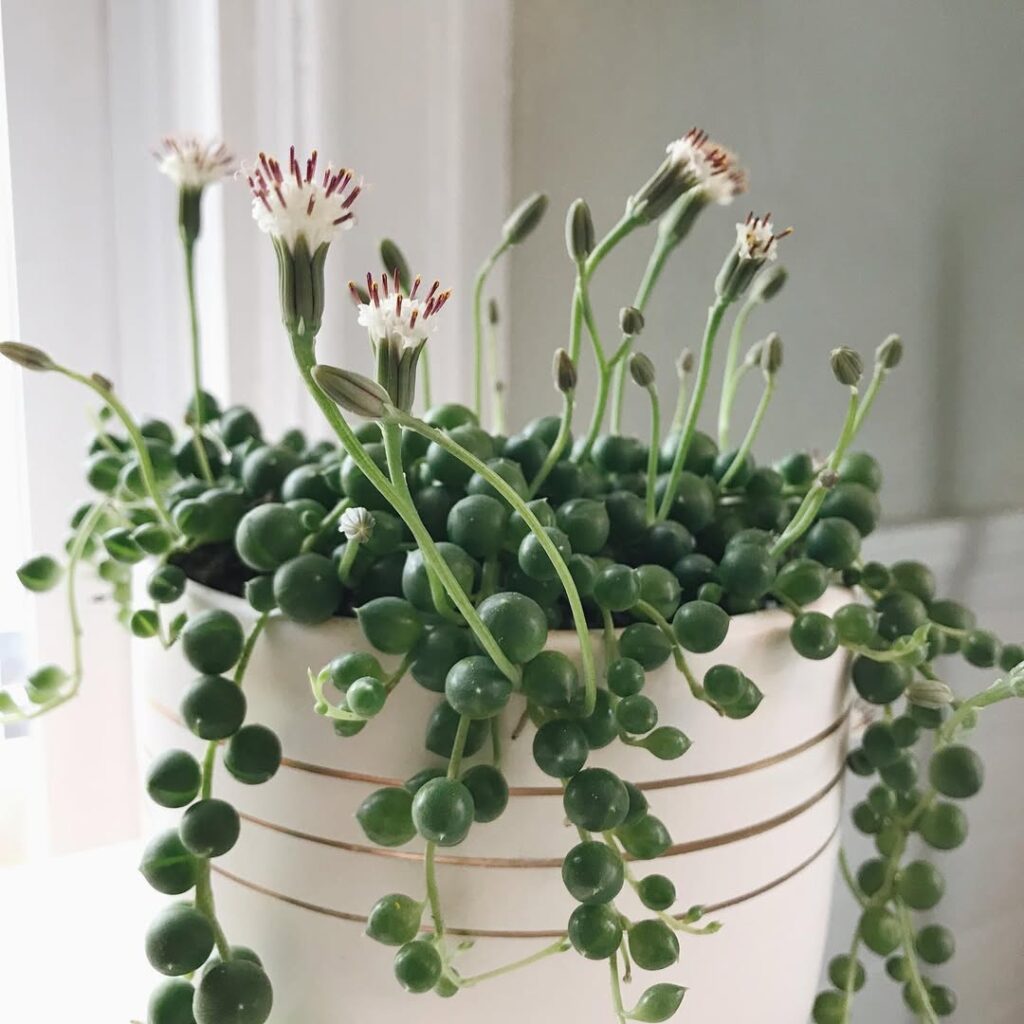
Beyond its iconic bead-like vines, String of Pearls flowers easily, forming tiny white blooms with a subtle cinnamon fragrance.
20. Crassula ovata (Jade Plant)
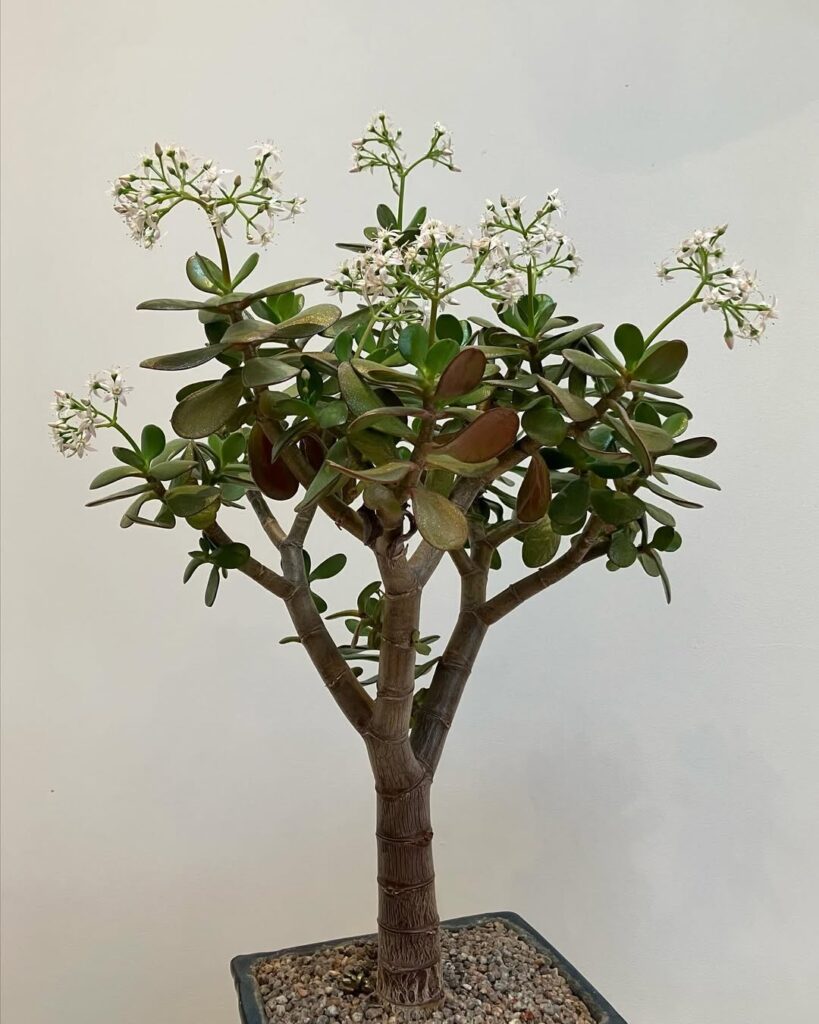
When mature, Jade Plants flower during cooler months, developing small pink or white blooms with a soft fragrance.
Tips for Encouraging Succulents to Bloom
Flowering succulents require specific conditions to maximize blooming potential:
- Sunlight: Most bloomers need full sun or bright indirect light.
- Temperature: Seasonal shifts in daytime warmth and cool nights trigger flowering.
- Watering: Reduce watering before bloom season to mimic drought-induced flowering.
- Maturity: Some succulents require several years before blooming, while others flower annually.
- Fertilization: Use a balanced, low-nitrogen fertilizer during the growing season.
Final Thoughts
Whether you’re drawn to fast-flowering succulents or patiently waiting for a once-in-a-lifetime bloom, each of these famous succulent species offers a unique floral display. Some bloom reliably every year, while others test a grower’s patience with rare, rewarding flowers that appear once after decades.
